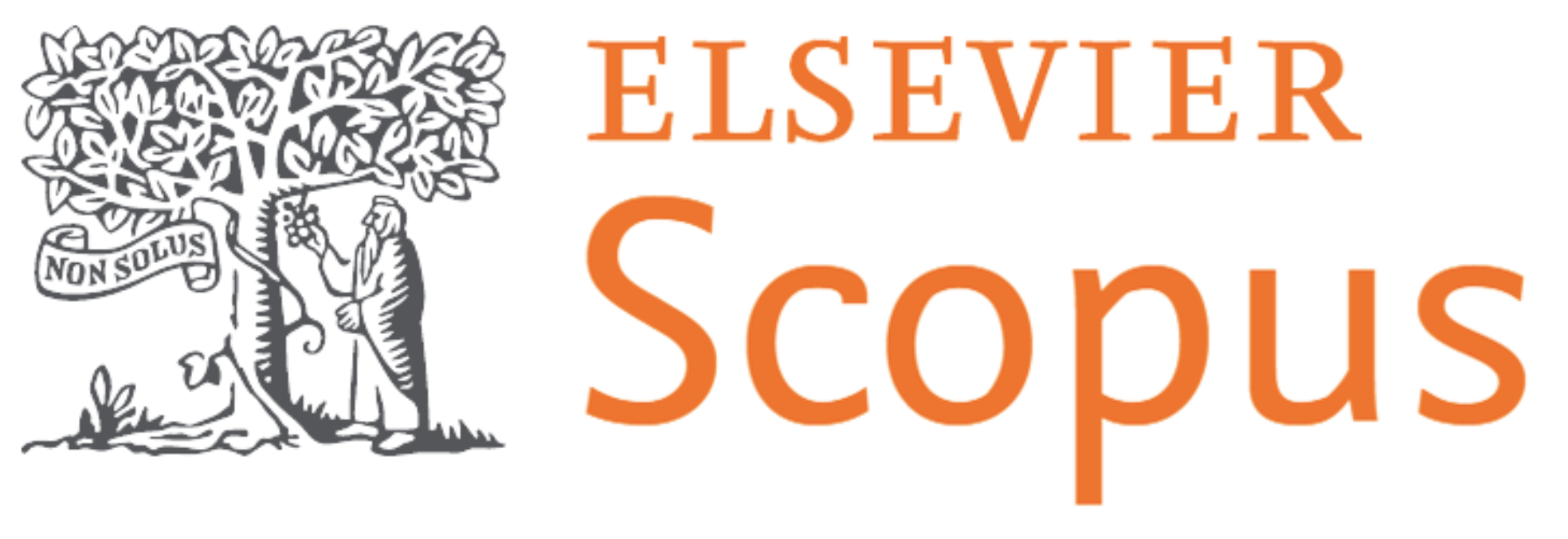Environmental characterization and perception of urban solid wastes in different social classes in Alfenas MG Brazil
DOI:
https://doi.org/10.17765/2176-9168.2012v5n2%20Especialp%25pKeywords:
Urban solid wastes, selective waste collection, environmentAbstract
Urban domestic solid wastes in Alfenas MG Brazil were characterized from the social, economical and cultural point of view. They were collected from five different sites that represented three main segments of the population, namely, low, middle and high classes. Research was motivated by an investigation for the establishment of an integrated management program of solid wastes in the municipality and could underpin future extension and research studies on recycling potentiality of materials which are daily placed in a controlled waste dump. The population’s perception on its participation in the process and the need of programs in environmental education was evaluated. Results showed that approximately 55% of home wastes comprised organic matter and 45% were made up of dry residues. A more detailed analysis of the latter showed that approximately 65% included paper and plastic, followed by glass, aluminum and other metals. A rough separation of plastic matter produced polyethylene, ethylene polyterephthalate, vinyl polychloride, polypropylene and polystyrene. Polyethylene had the highest contribution in the production of solid wastes. Mean urban solid waste index for Alfenas was 0.5 kg / inhab./day, with a standard deviation of 0.1 kg/inhab./day. Results showed that approximately 20 tons/month of wastes with cycling potential were deposited in the controlled dump.Downloads
Published
2012-02-06
How to Cite
Costa, L. T., Carmo, D. de F. do, & Magalhães, F. (2012). Environmental characterization and perception of urban solid wastes in different social classes in Alfenas MG Brazil. Revista Em Agronegócio E Meio Ambiente, 5(2 Especial). https://doi.org/10.17765/2176-9168.2012v5n2 Especialp%p
Issue
Section
Environment
License
A Revista se reserva o direito de efetuar, nos originais, alterações de ordem normativa, ortográfica e gramatical, com o intuito de manter o padrão culto da língua, respeitando, porém, o estilo dos autores. As opiniões emitidas pelos autores são de sua exclusiva responsabilidade.Os direitos autorais pertencem exclusivamente aos autores. Os direitos de licenciamento utilizado pelo periódico é a licença Creative Commons Attribution
 Creative Commons Atribuição 4.0 Internacional. São permitidos o compartilhamento (cópia e distribuição do material em qualquer meio ou formato) e adaptação (remixar, transformar, e criar a partir do trabalho, mesmo para fins comerciais), desde que lhe atribuam o devido crédito pela criação original.
Creative Commons Atribuição 4.0 Internacional. São permitidos o compartilhamento (cópia e distribuição do material em qualquer meio ou formato) e adaptação (remixar, transformar, e criar a partir do trabalho, mesmo para fins comerciais), desde que lhe atribuam o devido crédito pela criação original.










